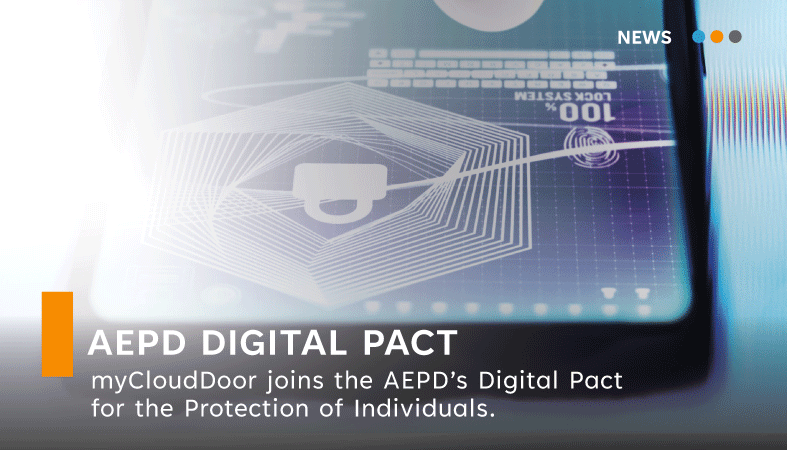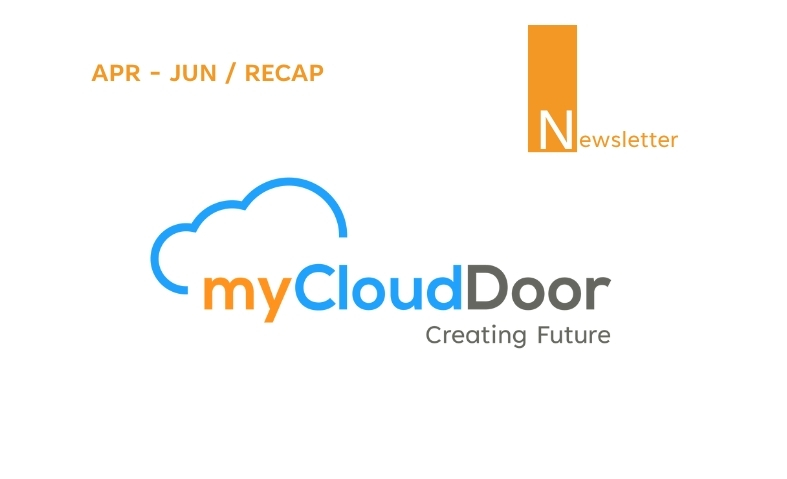
Why You Should Abandon Point Solutions and Embrace a Unified Approach to Cybersecurity
October 21, 2024
Merry Christmas and happy new year
December 17, 2024
Artificial Intelligence 101: How Do I Start?
The goal of this article, without delving into the history of AI dating back to the mid-20th century, is to briefly outline the process of implementing AI in companies, as well as provide a summary of the foundational software and tools (Cloud services and infrastructure) offered by one of the leading providers in the market, Microsoft Azure.
The RAE (Royal Spanish Academy) defines Intelligence as the ability to understand or comprehend, to reason, and to solve problems.
Artificial intelligence is defined as the scientific discipline dedicated to creating computer programs that perform operations comparable to those carried out by the human mind, such as learning or logical reasoning. Just like the human mind, artificial intelligence can solve problems ranging from simple to very complex, learn, reason, predict outcomes and situations, make decisions, and present or execute them.
Let’s start with the basics to avoid imagining the dangers of AI as portrayed in science fiction: AI is software. Software that emulates human reasoning, capable of learning, hearing, seeing, predicting, making decisions, and acting. Can it be dangerous? Yes. Can it be controlled? Also yes. Should we fear it? No. Should we respect it? Yes.
In recent years, the rise of artificial intelligence has been meteoric, and today individuals, companies, and public organizations have started using and implementing AI-based solutions to solve various problems, make predictions, and support interactions or decision-making.
More recently, a widely popular category known as Generative AI has emerged, which is a branch of AI capable of generating “original content” on its own. The most well-known and used example is ChatGPT. These applications are based on so-called Natural Language Models, meaning they interact with users as if they were “a person” and are capable of returning their own responses in many formats: text, voice, images, or programming code. Millions of users now use generative AI tools and solutions to solve or generate responses or content, from writing resumes, articles, or theses, to creating images, voices, music, or simply obtaining faster answers to daily questions or needs. Thus, assuming this text I’m writing is “original,” it could have been written by a generative AI application like ChatGPT... Would you be able to tell? (probably yes, because it wouldn’t have made grammatical or syntactical errors, or because, if you’re used to using it, you begin to recognize the patterns they use).
Aside from the concerns expressed by many individuals and companies about AI, the most common question we’re asked is how to start reaping these benefits. The models that can be developed and the areas of application are virtually limitless. And here is where the challenge begins.
There are many ways to approach an AI implementation project, with many acronyms (sometimes overly cryptic), much software, tools, and some confusion. Most of the companies we work with know what benefits they would like to get from AI, but get lost in how to implement it or in distinguishing between the hundreds of available solutions and tools. Not to mention the endless acronyms (ML, LLM, NLP...) and language models (GPT-3.5, GPT-4, LlaMa, Gemini...) used to make AI possible.
At our company, myCloudDoor, we began working on AI projects with tools and methodologies back in 2017, using the first relatively easy-to-implement and develop tools based on Machine Learning and Data Science. All of this was facilitated by the many solutions readily available in the Public Cloud, in our case, mainly with Microsoft Azure solutions. Currently, since 2022, we use the most advanced generative AI models, allowing our clients to perform more complex activities and obtain more accurate information.
This is an attempt to summarize how we approach an AI project to solve one or several of the identified needs with “intelligence” when addressing a business problem or challenge.
AI Solution Implementation Methodology: AI Factory
An AI Factory is an organizational structure that efficiently and scalably develops, implements, and manages artificial intelligence solutions within a company. It covers various aspects such as designing vision and strategy, defining governance policies, selecting solutions and platforms, or training internal staff for proper AI use.
The following diagram shows a basic structure of an AI Factory:

In this structure, we can see three main components:
- A Center of Excellence (COE) that defines the standards, procedures, and solutions to be used within the company. This central group is responsible for ensuring responsible, efficient, agile, and controlled AI adoption within the organization.
- Project or development teams that implement the solutions within the company, often working departmentally. They always work under the standards defined by the COE.
- The operations and support team responsible for the proper functioning and maintenance of the implemented solutions.
One of the key roles of the AI COE is the evaluation and selection of the different tools and platforms available in the market. They consider technical aspects (functionality, performance…), economic factors, or legal aspects (data residency, data processing methods…).
Specifically, when we talk about the leading market environment, OpenAI and Microsoft, we encounter many concepts and solutions that are sometimes used incorrectly. We’ll try to summarize them to clarify their differences:
- OpenAI: An organization dedicated to developing advanced artificial intelligence, aiming to create technology that benefits all of humanity. It is known for its language models like GPT, which generate text and solve complex tasks based on AI.
- GPT: (Generative Pre-trained Transformer) is a language model developed by OpenAI, trained on vast amounts of text to generate responses based on user input.
- ChatGPT: The implementation of GPT as an interactive chatbot that allows conversations in natural language and answers questions in real time.
- Azure OpenAI: Microsoft’s service that integrates OpenAI models, such as GPT, into the Azure cloud. This allows companies to leverage the power of generative AI in their own applications with secure, private Azure infrastructure.
- Azure AI Studio: An environment within Azure designed to build, train, and deploy custom artificial intelligence models. It helps data scientists and developers create AI-based solutions more quickly and effectively. It supports both OpenAI models and those from other providers.
- Cognitive Services: A set of Microsoft Azure APIs designed to facilitate the integration of artificial intelligence capabilities into applications. These APIs enable tasks like speech recognition, image analysis, text translation, and natural language processing.
- Copilot: A series of AI-powered tools acting as digital assistants, helping users perform tasks more efficiently in various applications.
- M365 Copilot: Copilot integration within Microsoft 365 (Word, Excel, PowerPoint, etc.), where AI assists in tasks like drafting documents, creating presentations, and analyzing data, boosting productivity.
- Azure Copilot: An integrated solution within Azure that assists developers in creating and managing cloud resources, offering recommendations and automation based on AI.
- Github Copilot: An AI-powered tool for software developers that suggests code in real-time within GitHub, accelerating the programming process and enhancing productivity.
- Copilot Studio: A platform within Microsoft’s ecosystem that allows organizations to customize and extend Copilot’s capabilities, such as integrating with other applications or tools.
In summary, AI, and specifically generative AI, helps individuals and companies solve and generate content in all its possible forms—predictions, diagnostics, responses, vision, voice, and even autonomous decision-making capabilities. Every company has diverse needs, and to implement the appropriate models, a methodology is required, typically business-oriented, with a technological foundation, and tools, infrastructure, and utilities that generate those models. Microsoft Azure currently offers market-leading tools, and myCloudDoor, with its advanced specialization in ML and AI for over four years, enables the controlled and efficient adoption of these solutions.
JOSÉ ANTONIO HERNÁNDEZ - Global CTO Corporate
JAVIER AGUADO – Global Cloud Services Director





